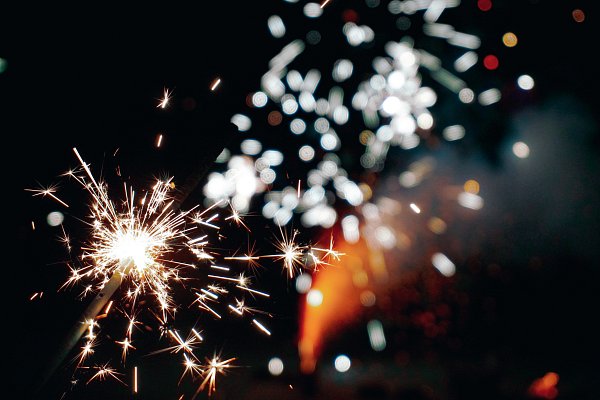Bonfire Night
Remember, Remember, the 5th of November
BONFIRE NIGHT
A REMINDER ABOUT BONFIRE NIGHT AND FIREWORK DISPLAYS
For the last few years, Equilibrium Risk has been involved in keeping the bonfires and firework displays across West Yorkshire safe and this year is no different. Whether you are organising or just attending a bonfire and firework display with the customary pie and peas, jacket spuds, treacle toffee, parkin, I thought now would be timely to give a gentle reminder of a few precautions to ensure that your evening is incident free.

BONFIRES
A bonfire should be located at least 15 metres from other areas, buildings, roads, railways and public rights of way, downwind from the spectators and a safe distance from overhead power lines, flammable materials such as fuel oil, and LPG stores.
Before lighting the bonfire:
- Check the structure is sound and does not have small children or animals inside it before lighting it
- Think about the wind direction and where the smoke may go. Think about the impact it may have on local roads, housing, spectator areas etc.
- Do not use petrol or paraffin to light the fire
- Have only one person responsible for lighting the fire. That person, and any helpers, should wear suitable clothing e.g. a substantial outer garment made of wool or other low-flammable material.
- Make sure that the person lighting the fire and any helpers know what to do in the event of a burn injury or clothing catching fire.
ONCE THE BONFIRE IS ALIGHT: KEEP A SAFE DISTANCE
FIREWORK DISPLAY
Preparation:
- Think about who will operate the display. There is no reason why you should not light a display yourselves provided it only contains fireworks in categories 1, 2 and 3. Category 4 fireworks may only be used by professional firework display operators. In untrained hands they can be lethal.
- If you buy fireworks beforehand, you need to store them in a dry, safe and secure location. If you wish to use the fireworks for a display at a commercial event or for some other work activity, you can keep up to 100kg of hazard type 3 fireworks for up to 5 consecutive days without the need for a licence, provided they are kept in their place of intended use. However, if you wish to store a larger quantity of fireworks, or more powerful fireworks then you will need a licence from your local licensing authority.
- If you wish to buy more than 50 kg of fireworks you will need to produce your licence.
- If you are in doubt please check with your supplier or with your local licensing authority.
- Consider whether the site is suitable and large enough for your display, including a bonfire if you are having one. Is there space for the fireworks to land well away from spectators? Remember to check in daylight for overhead power lines and other obstructions and whether quantities of combustible material are within range of the fireworks. Check the direction of the prevailing wind and what changes you might need to implement if the wind direction changes at the event.
- Typical separation distances are 25 metres to the spectator area from the firing area. There is a need to consider a fall out area for aerial fireworks of at least 50 metres behind the firing area bearing in mind wind direction on the night. The spectator area should be sufficiently spacious to prevent overcrowding.
- Make sure you obtain the fireworks from a reputable supplier.
- If your firework display is to be provided by a professional firework display operator check out their safety systems, documentation and evidence of competency and make sure that you are clear on who does what, especially in the event of an emergency.
On the day of the event:
- Recheck the site, weather conditions and wind direction.
- Don’t let anyone into the zone where the fireworks will fall – or let anyone other than the display operator or firing team into the firing zone or the safety zone around it.
- Don’t let spectators bring their own fireworks onto the site.
NEVER ATTEMPT TO RE-LIGHT FIREWORKS.
Keep well clear of fireworks that have failed to go off and after a minimum of 30 minutes soak them in a bucket of water.
Emergency Plan
- Plan what to do if things go wrong and make sure someone will be responsible for calling the emergency services. The morning after
- Carefully check and clear the site. Dispose of fireworks safely and consult the supplier/manufacturer about suitable methods of disposal. They should never be burnt in a confined space (e.g. a boiler).
Insurance
If you are holding a public firework display, you need to consider public liability insurance.
Providing a few precautions are taken and everyone is sensible – you should have a good, enjoyable and safe evening – subject to the weather, of course!
For more information, guidance is available on the EIG (Explosives Industry Group) website. ‘Working Together on Fireworks Displays’ provides guidance for competent display operators and organisers; whereas ‘Giving your own Fireworks Display’ is for people running fireworks displays and who set off the fireworks themselves but have no specialist knowledge. These replace HSE Guides, HSG123 and HSG124.





